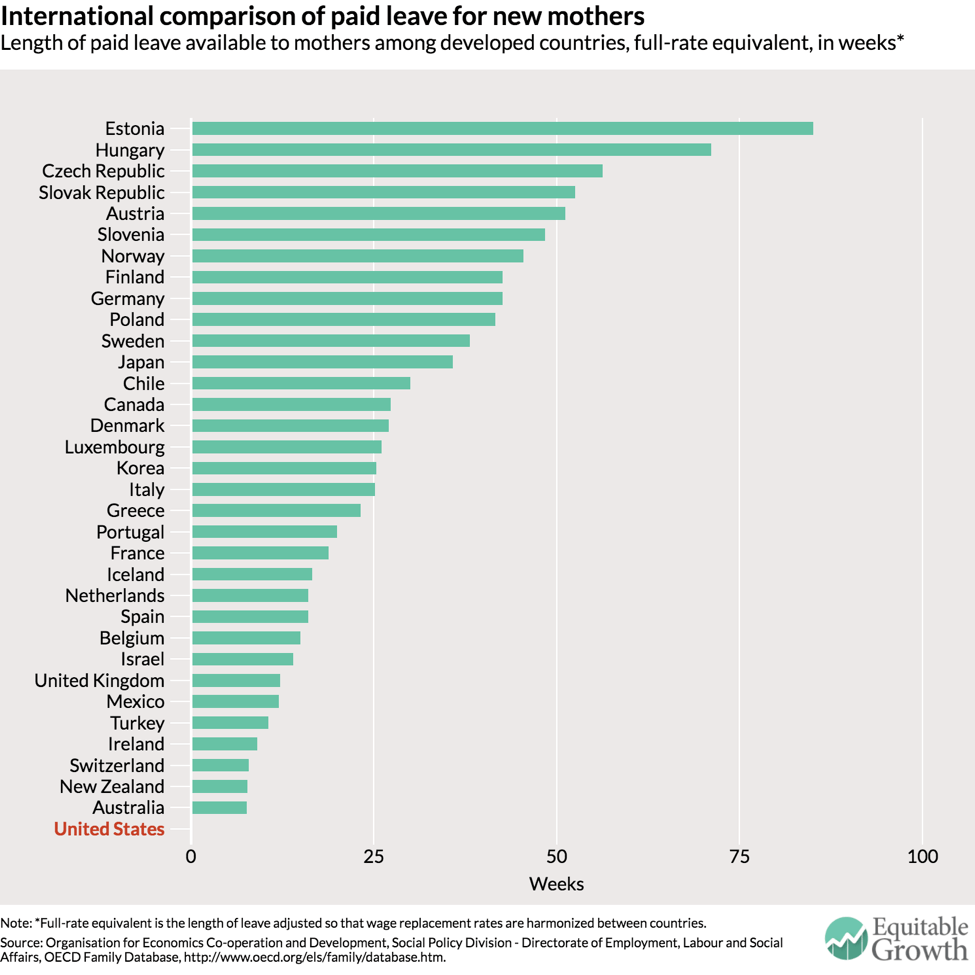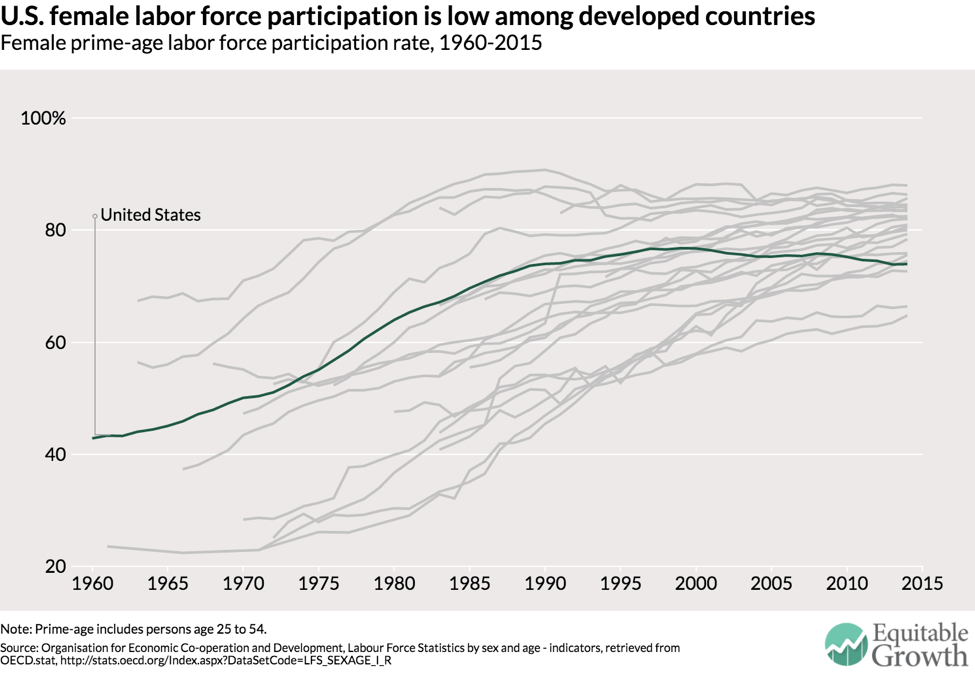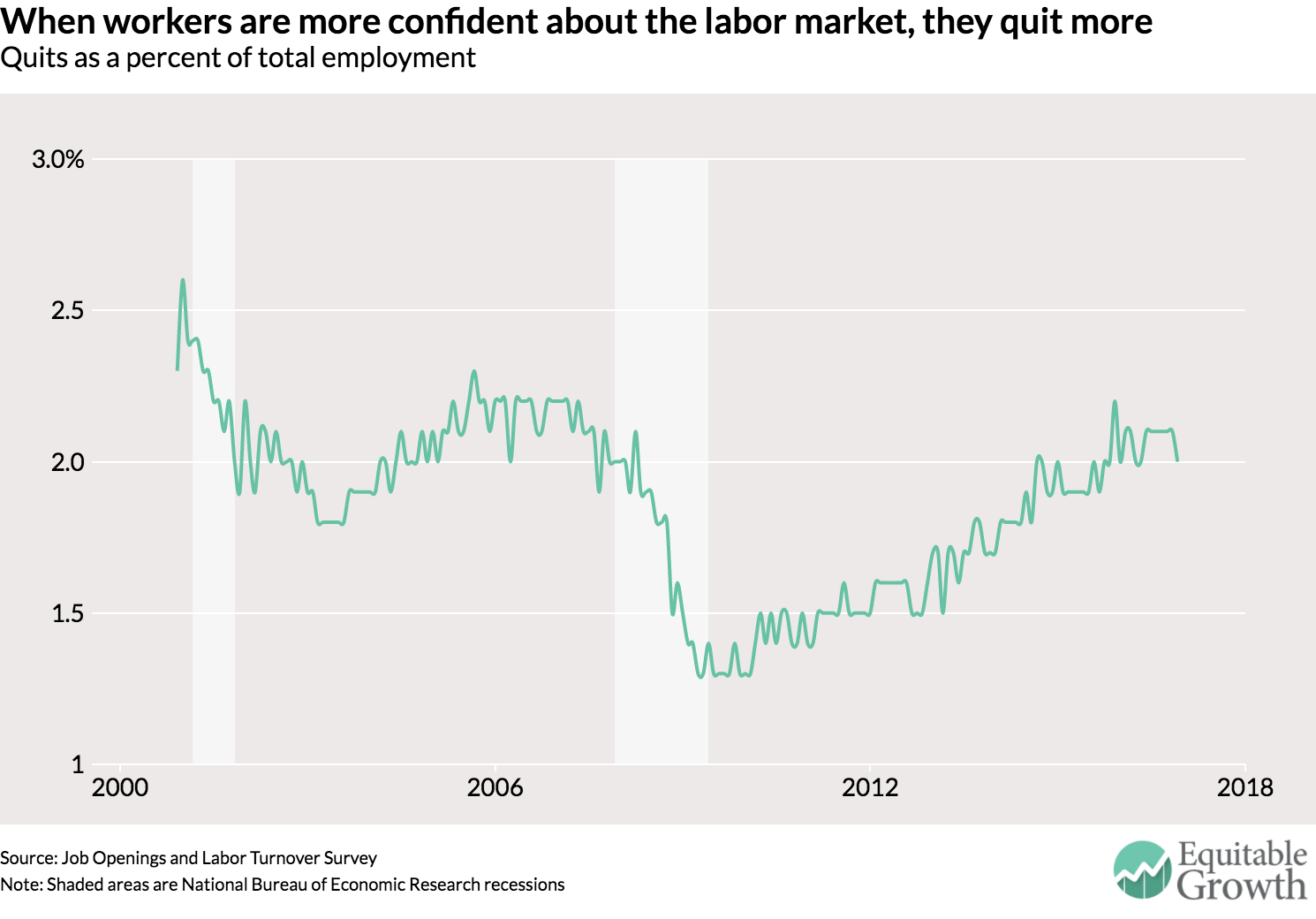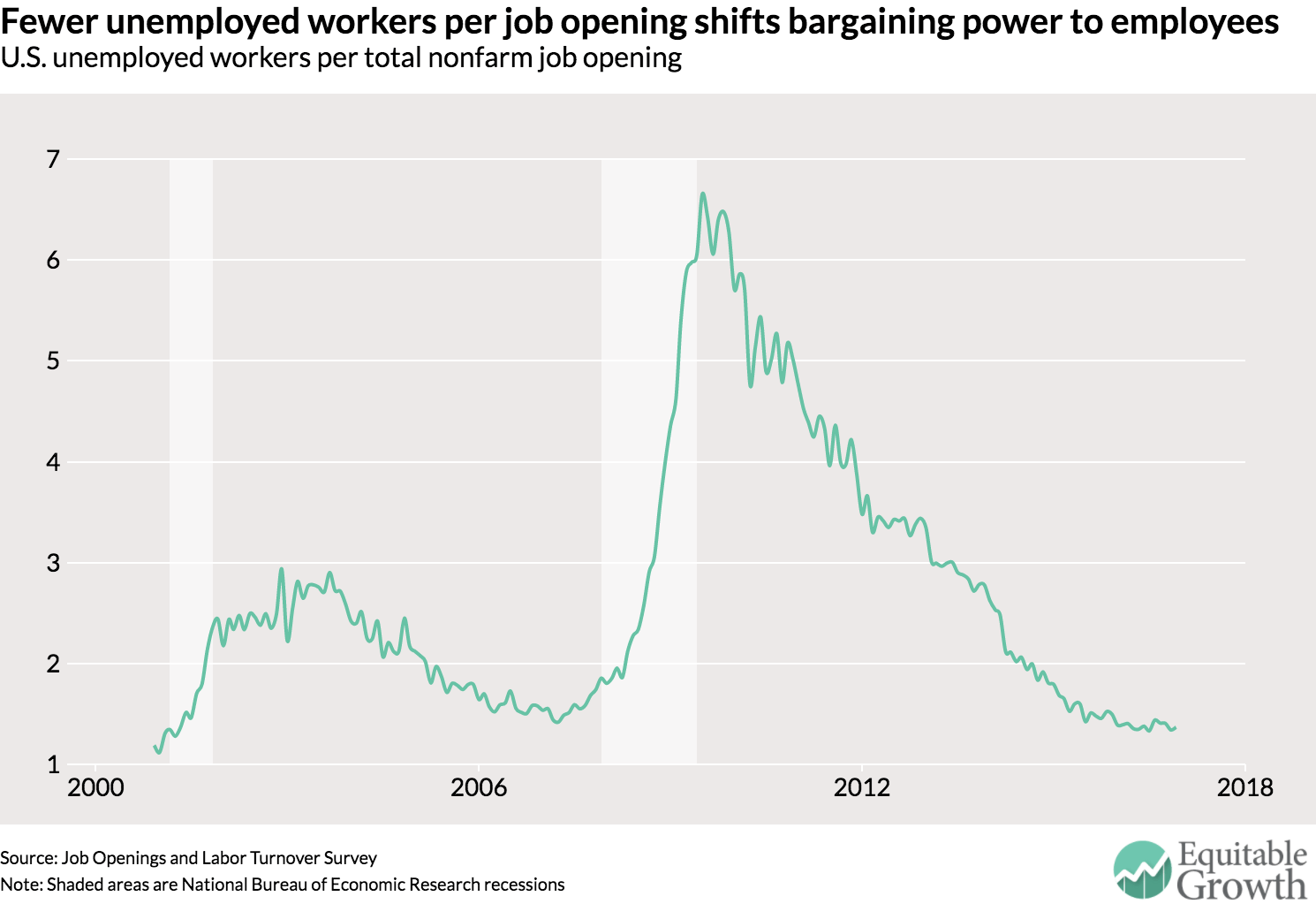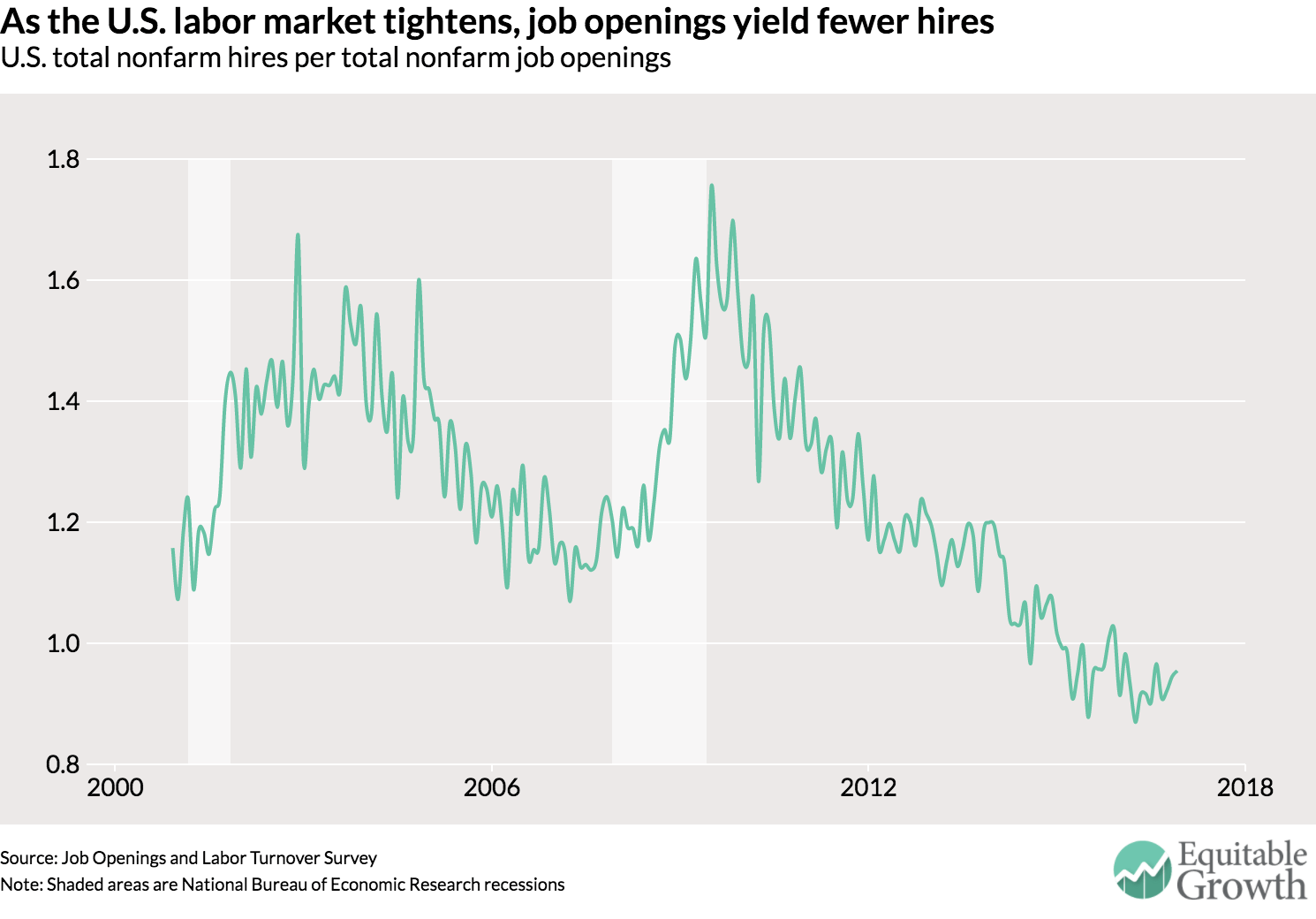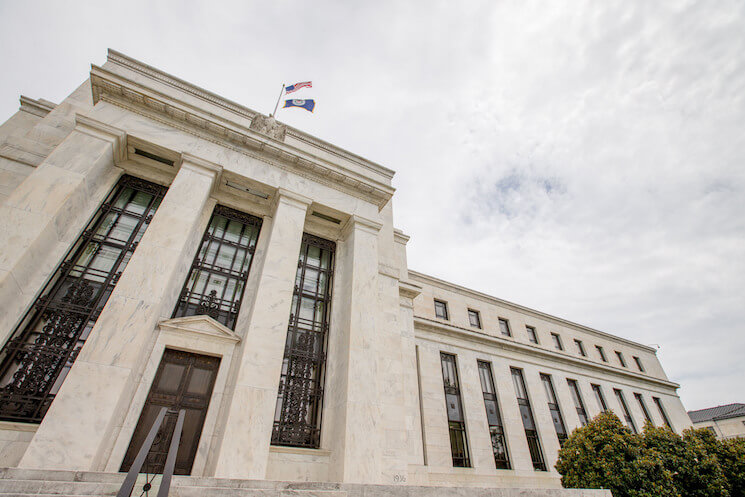Should-Read: My memory is that Andrew was a full coauthor on this work. And it certainly profoundly influenced us over at the Treasury–it definitely shaped how Bentsen talked to Greenspan…
Andrew Harless (2013): Employment, Interest, and Money: James Medoff, Stagflation, the Phillips Curve, and the Greenspan Boom: “James Medoff, my thesis advisor in graduate school and later my collaborator and business associate, died on Saturday, September 15 after a long struggle with multiple sclerosis…
…I was a student of macroeconomics…. Why was there stagflation (stagnation and inflation at the same time) in the 1970’s? When I was in graduate school, there were two popular (complementary) explanations. First, the Fed had been too easy because it didn’t adequately account for the way inflation expectations would become ingrained…. Second, there were oil shocks, shocks to aggregate supply which drove prices up and employment down. A third explanation you might also hear was that the Fed had responded to political pressure from the Johnson and Nixon (and possibly Carter) administrations and loosened at the wrong times…. Medoff-Abraham… said… that there was not nearly as much “stag” in the stagflation as we thought… [because] the unemployment of the 1970’s was largely “structural” (at least that’s the term used in debates about today’s unemployment), and once you realized that, the accompanying inflation shouldn’t surprise you.
When I took James’ graduate course in 1989, this idea was particularly important, because the situation was beginning to reverse itself. The plateau in structural unemployment lasted from maybe 1975 to maybe 1987, and after that it began to decline. By the time I graduated, in 1994, this decline was well underway, and our data were suggesting that the US economy could support considerably lower unemployment rates without sparking inflation. James was invited to the Fed’s meeting of academic consultants that year to make the case for lower unemployment, and I went along to help and observe the discussion. As I recall, there were about 10 people at the table, and James was the only one saying that it was OK to keep interest rates low and let the unemployment rate fall further.
Naturally, rather than listen to a single maverick, the Fed kept raising rates, and maybe that was for the best, since the recovery turned out to be stronger than most people (including us) had expected. But over the next few years, something unusual happened. The unemployment rate kept coming down, and the inflation kept not happening, and now it was Alan Greenspan himself, not some out-of-the-mainstream labor economist from Harvard, who was insisting (against some substantial resistance) that it was OK to keep interest rates low and let the unemployment rate continue falling.
Did James Medoff ultimately influence monetary policy, and was he therefore partly responsible for the boom of the late 1990’s? Who knows? If I had Alan Greenspan’s ear, I might ask him. At his funeral, James’ daughter Susanna said that, in fifth grade, she had wanted to dress up as her father for “Dress as Your Hero Day,” but the teacher wouldn’t let her, so she dressed as Alan Greenspan instead. In those days, a lot of adults may have considered Greenspan a hero, but I doubt many other fifth graders did. For the record, I still think Greenspan did a remarkable job with the macroeconomic aspects of monetary policy, and his hero status (since rescinded by most commentators) was not without justification.
In any case, I feel that the research I mentioned is relevant today in a couple of ways. For one thing, the saga of structural-vs-cyclical unemployment goes on today. Using techniques similar to those used by Abraham and Medoff, my best guess is that, after the long decline that began around 1988, structural unemployment reached a trough in 2005 and has been rising since then. (However, I see no particular evidence of a discontinuous increase during the Great Recession, or immediately before or after, and the increase since 2005 has not been particularly rapid, so I don’t buy the view that “our problem is structural.”)
Another way the research is relevant is that it reframes the 1970’s. By the end of the 1970’s, most economists were convinced that, as textbooks put it during my undergraduate years and maybe still do, “the long-run Phillips curve is vertical.” In other words, there is no long-run tradeoff between unemployment and inflation. In the minds of most economists this conclusion was necessitated by the experience of the 1970’s, during which it seemed to become obvious that higher inflation was not generally associated with lower unemployment. But if much of the problem of the 1970’s was structural, then the conclusion is not so obvious. Perhaps, conditioning on the structure of the labor market, a downward-sloping Phillips curve still exists, even in the long run. Indeed, more recent evidence suggests that there is such a tradeoff after all, at least at low inflation rates.
This is important because the US seems to be in the middle of that tradeoff right now. If you believe there is no tradeoff, if you believe the long-run Phillips curve is vertical, then it’s hard to explain how there’s still any inflation at all after almost 5 years during which we had first an extremely deep recession and then a painfully slow recovery that has left output still well below any reasonable estimate of the economy’s potential. After 5 years, we should surely be making our way toward the long run, that vertical Phillips curve at full employment. If we’re not, it must be because demand is astonishingly weak, and that astonishingly weak demand should be associated with an inflation rate that falls lower and lower until it becomes negative. (This is the flip side of an overheated economy that produces ever-accelerating inflation.) But that isn’t happening. Instead we’re seeing something that looks a little bit like the old-fashioned downward-sloping static Phillips curve, where low, but not necessarily falling, inflation rates are associated with persistent excess unemployment.
I admit this isn’t what I expected. I wrote a blog post a couple of years ago predicting deflation. Even after having questioned the conventional wisdom, I had found it too strong to resist. The vertical long-run Phillips curve, I thought, might not be quite right, but it was “a close enough approximation,” and if I denied this, I’d face excommunication from the Church of Macroeconomics. Deflation was coming, I thought. I was wrong.
I never got a chance to discuss this question with James. During his last years he found it increasingly difficult to think and express himself clearly, so it’s unlikely we could have had a productive discussion. But I can imagine what he would have said 20 years ago. He would have talked about his contacts in industry and how they weren’t about to destroy morale by cutting wages, even if the economy stayed weak for several years. After some discussion I think we would have come to the conclusion that the vertical long-run Phillips curve was actually a pretty crummy approximation. That’s certainly what I think now. I’m going to have to pay more attention in the future to what Hypothetical James Medoff has to say. He lives on.



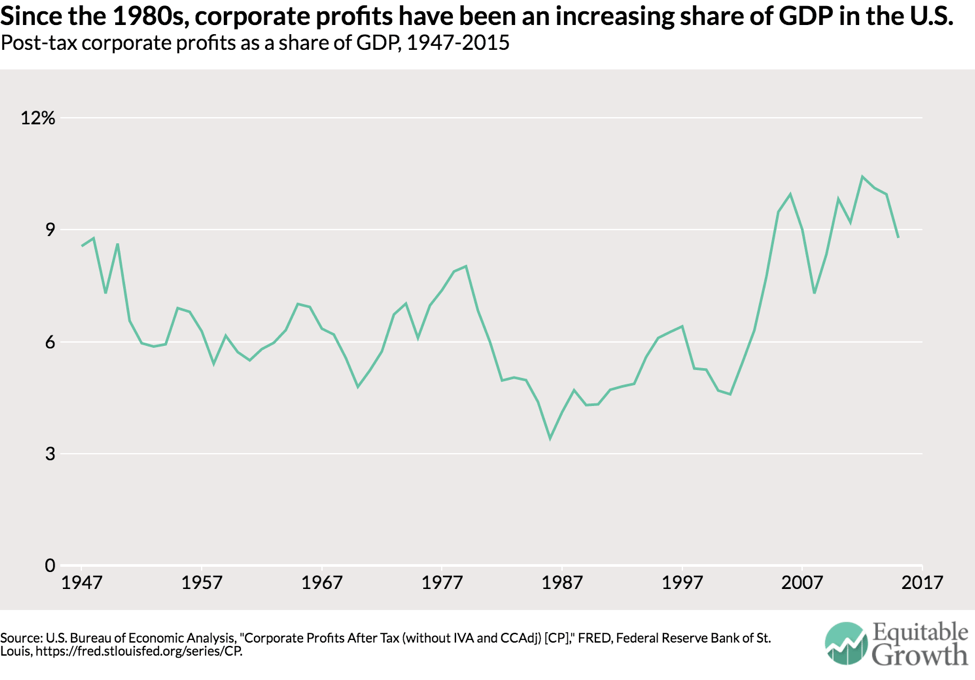
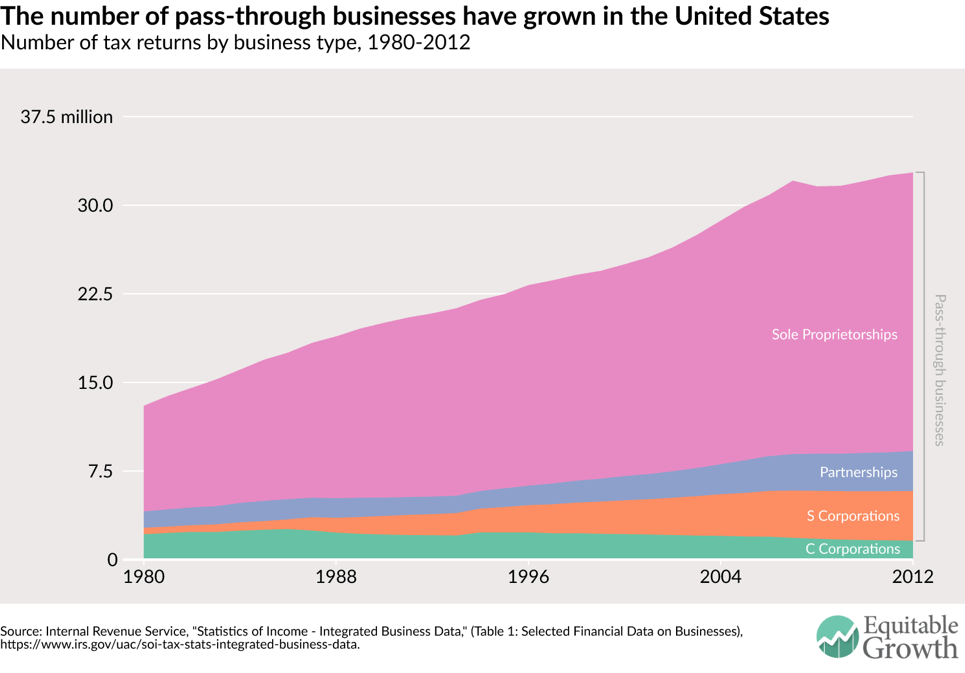
 Senator Kirsten Gillibrand (D-NY) and Representative Rosa DeLauro (D-CT) yesterday
Senator Kirsten Gillibrand (D-NY) and Representative Rosa DeLauro (D-CT) yesterday 